A few things to know before stealing my 914
Dear Thief,
Welcome to my Porsche 914. I imagine that at this point (having found the door unlocked) your intention is to steal my car. Don’t be encouraged by this; the tumblers sheared off in 1978. I would have locked it up if I could, so don’t think you’re too clever or that I’m too lazy. However, now that you’re in the car, there are a few things you’re going to need to know. First, the battery is disconnected, so slide-hammering my ignition switch is not your first step. I leave the battery disconnected, not to foil hoodlums such as yourself, but because there is a mysterious current drain from the 40-year-old German wiring harness that I can’t locate and/or fix. So, connect the battery first. Good luck finding the engine cover release. Or the engine, for that matter.
Now, you can skip your slide hammer. The ignition switch’s tumblers are so worn that any flat-bladed screwdriver or pair of scissors will do. Don’t tell anyone.
Once you’ve figured that out and try to start the car, you’ll run into some trouble. The car is most likely in reverse gear, given that the parking brake cable froze up sometime during the Carter administration. Since there is not a clutch safety switch on the starting circuit, make sure to press the clutch down before you try to crank the engine. (I don’t want you running into my other car in the driveway.) This is doubly necessary because my starter is too weak to crank the clutch-transmission input shaft assembly with any success.
With the clutch pedal depressed, the engine should turn over fast enough to get things going. But first, you’ll need to press the gas pedal to the floor exactly four times. Not three. Not five. Four. The dual Webers don’t have chokes and you’ll be squirting fuel down the barrels with the accelerator pumps for the necessary priming regime. If you don’t do it right, the car won’t start before the battery gives up the ghost. Consider yourself forewarned.

If you’ve followed along so far, the engine should fire right up. Don’t be fooled—it will die in eight seconds when the priming fuel runs out. Repeat the gas pedal priming procedure, but only pump two times. Deviate from this routine at your own peril.
Now you have the engine running. Make sure the green oil light in the dash goes out. If it does not, you only have about 100 yards to drive before the engine locks up, so be attentive. If all goes well with the oil pressure, you may now attend to the gear shift lever. Some explanation follows.
This is a Porsche 914. It has a mid-engine layout. The transmission is in the far back of the car, and the shift linkage’s main component is a football-field-long steel rod formed loosely in the shape of your lower intestine. Manipulating the gear shift lever will deliver vague suggestions to this rod, which, in turn, will tickle small parts deep within the dark bowels of the transaxle case. It is akin to hitting a bag of gears with a stick, hopefully finding one that works.
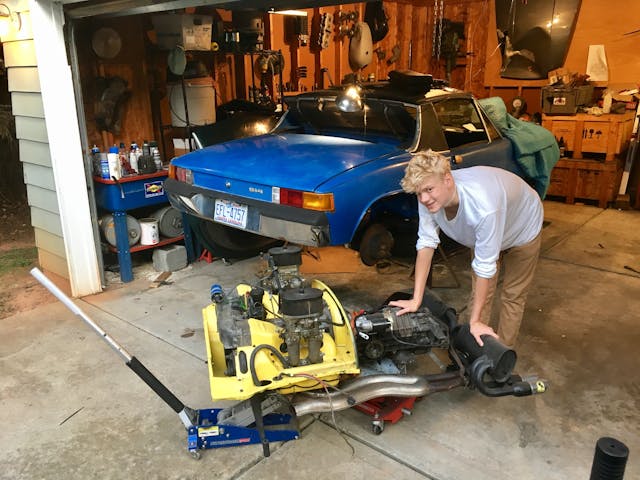
If you are successful in finding first gear (there is a shift pattern printed on the knob; they say German engineers don’t have a sense of humor), congratulations. You may launch the vehicle into motion.
Do not become emboldened by your progress, as you will quickly need to shift to another gear. Ouija boards are more communicative than the shift knob you will be trusting to aid your efforts. Depress the clutch as you would in any car, and pull the knob from its secure location out of first gear. Now you will become adrift in the zone known to early Porsche owners as “Neverland” and your quest will be to find second gear. Prepare yourself for a ten-second-or-so adventure. Do not go straight forward with the shift knob, as you will only find Reverse waiting there to mock you with a shriek of high-speed gear teeth machining themselves into round cylinders. Should you hear this noise, retreat immediately to the only easy spot to find in this transmission: neutral. This is a safe place, no real damage can occur here, but alas, no forward motion will happen either. From this harbor of peace, you can re-attempt to find second, but you may just want to go for any “port in a storm”, given that the traffic behind you is now cheering you on in your quest with vigorous horn-honks of support and encouragement. Most 914 owners at this point pull over to the side of the road and feign answering a cell phone call to a) avoid further humiliation; b) allow traffic to pass; and c) gather the courage for another first gear start. You may choose to do likewise.
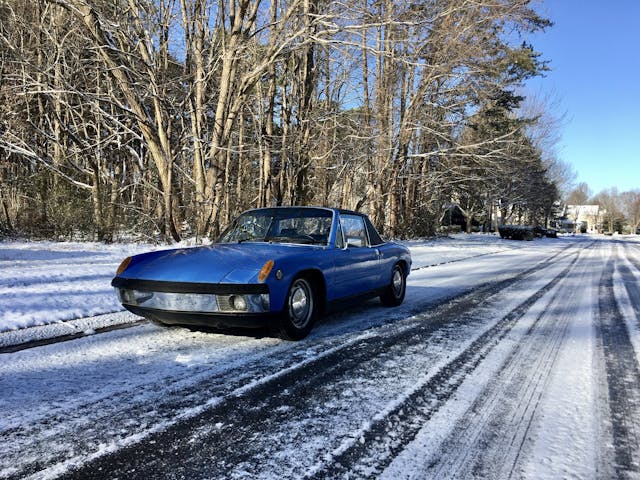
If you press onward without taking a break, you may re-enter first. This is how the car mocks you for your lack of skill, but sometimes it is the only path forward. Once you are ready to again try for second, I can offer some advice. One trick that works is to declutch the transmission, pull the lever from the first-gear position, enter into the aforementioned neutral zone, and then rapidly wig-wag the shift knob side-to-side along a lateral axis. If you move the knob quickly enough, the transmission will be out-smarted and cannot anticipate your next move. It is at this time that you should re-attempt to enter second, and most likely you will do so. Surprise is your best weapon against this transmission.
The move to third should be straightforward, as it’s the only easily-accessible gear in the set. You should now be out of my neighborhood and on the main four-lane road. Third gear will be good for 45 mph, so I would advise you just staying there. Trying to get to fourth gear will only frustrate you and your nearby drivers (see: first-to-second shift).
You don’t need to check for gasoline in the car. It will be full, even though the fuel gauge reads zero. The odometer reads “0”, not because it was reset when I filled the tank, but because it is just broken. Ignore it. If it is night, and it most likely will be, you will need to turn on the lights. I’ll leave it to you to find the switch since I’ve helped a lot so far. Suffice to say that once you get them active, you will find that the seven inch sealed beams from 1971 will only illuminate sufficient roadway for travel below 45 mph. Since you are still in third , this shouldn’t be a problem. Oh, and the lights only work on high beam, so ignore the flashing lights and vulgar gestures from opposing traffic.
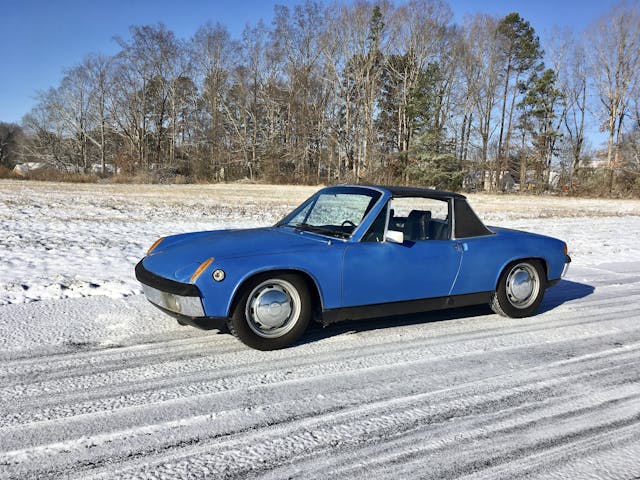
By now you’ve certainly noticed the smell. That is the aroma of Mobil 1 oil being boiled off of long sections of horizontal exhaust pipes, which were cleverly encased by the factory with a second shroud of oil-holding chambers. They filled with oil during my last drive and you are now operating a small thermal refinery that is making light short-chained vaporous hydrocarbons from what was once $8-a-quart oil. They are being conveniently routed to the cabin through carefully formed channels in the heating system, plus the rust holes in the floor provided by Mother Nature herself over the past few decades.
You’ll feel less dizzy if you open a window. But mind that driver’s window does not work, so you’ll have to lean over and roll down the passenger window half-way. I say half-way in a manner that will become apparent once you try to get the window to go all the way down, which it will refuse to do. Instead, simply open the driver’s door slightly and drive along, as I do. Once the oil vapors are exhumed from the cabin, you should start to feel a little better. There is a rag behind the driver’s seat that you can use to wipe the oil film off of the inside of the windshield.
Knowing which road you’re probably on by now, you will be hitting stop lights. Try as hard as you can to not bring the 914 to a stop. The brake system is ideal for this situation, being known more as “scrubbers” than “brakes”. Since you can’t effectively stop the car, use this to your advantage and don’t try. Remember: You certainly don’t want to have to go back into first.
If you have made it within sight of to the highway entrance, don’t get any ideas. The front right wheel is severely bent and the vibration at velocities above 50 mph will crack the windshield and cause the doors to open by themselves. So stay on the surface streets, stoplights notwithstanding.
It may be at this point that you consider abandoning the car to avoid further calamity. There is an Exxon station right before the freeway entrance. The last guy who stole my 914 used this very spot and it was rather convenient for all concerned parties. I suggest you ditch the car there and scope out a nice, reliable Camry to heist.
Norman Garrett was the Concept Engineer for the original Miata back in his days at Mazda’s Southern California Design Studio. He currently teaches automotive engineering classes at UNC-C’s Motorsports Engineering Department in Charlotte, North Carolina and curates his small collection of dysfunctional automobiles and motorcycles.

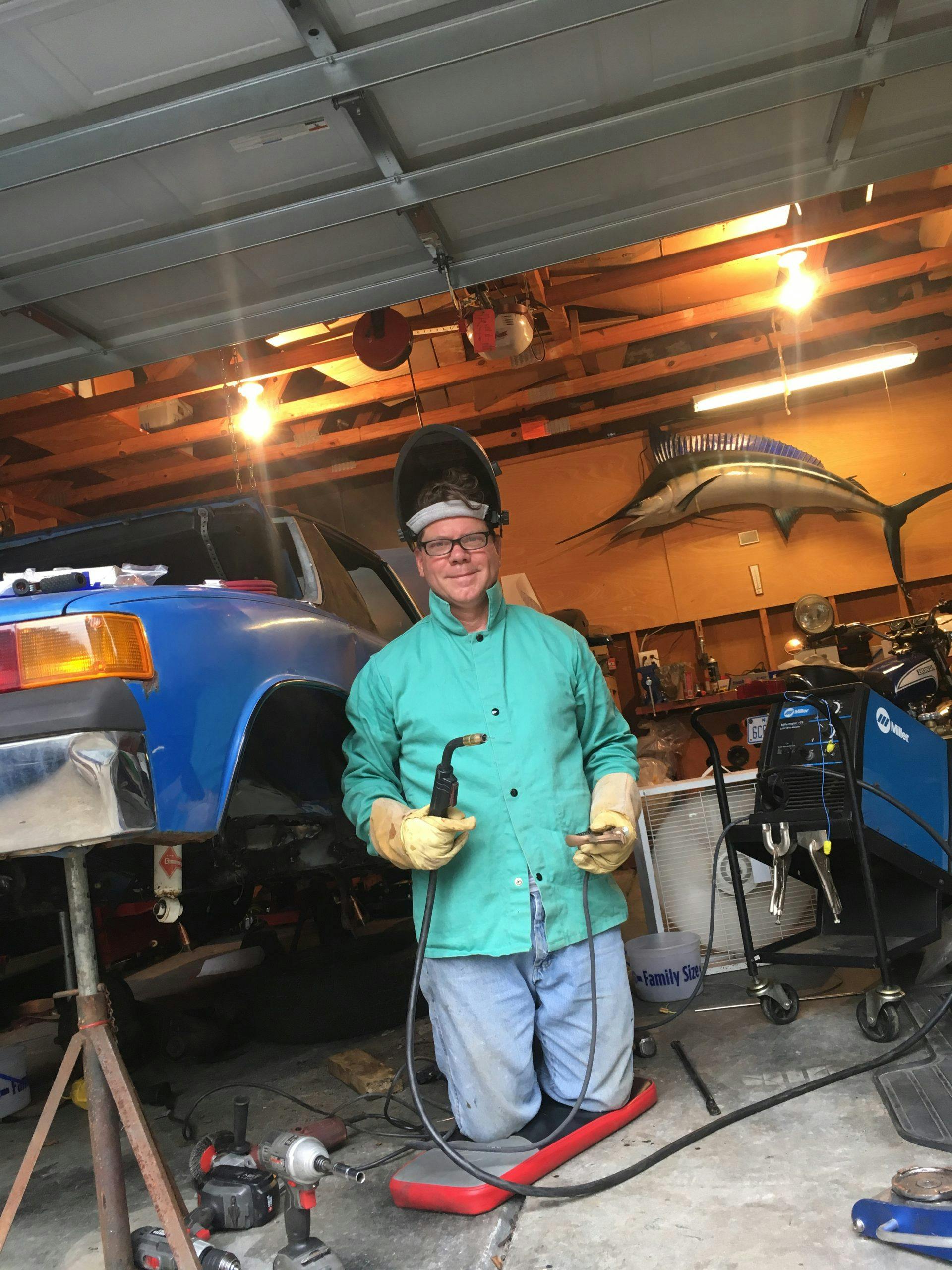
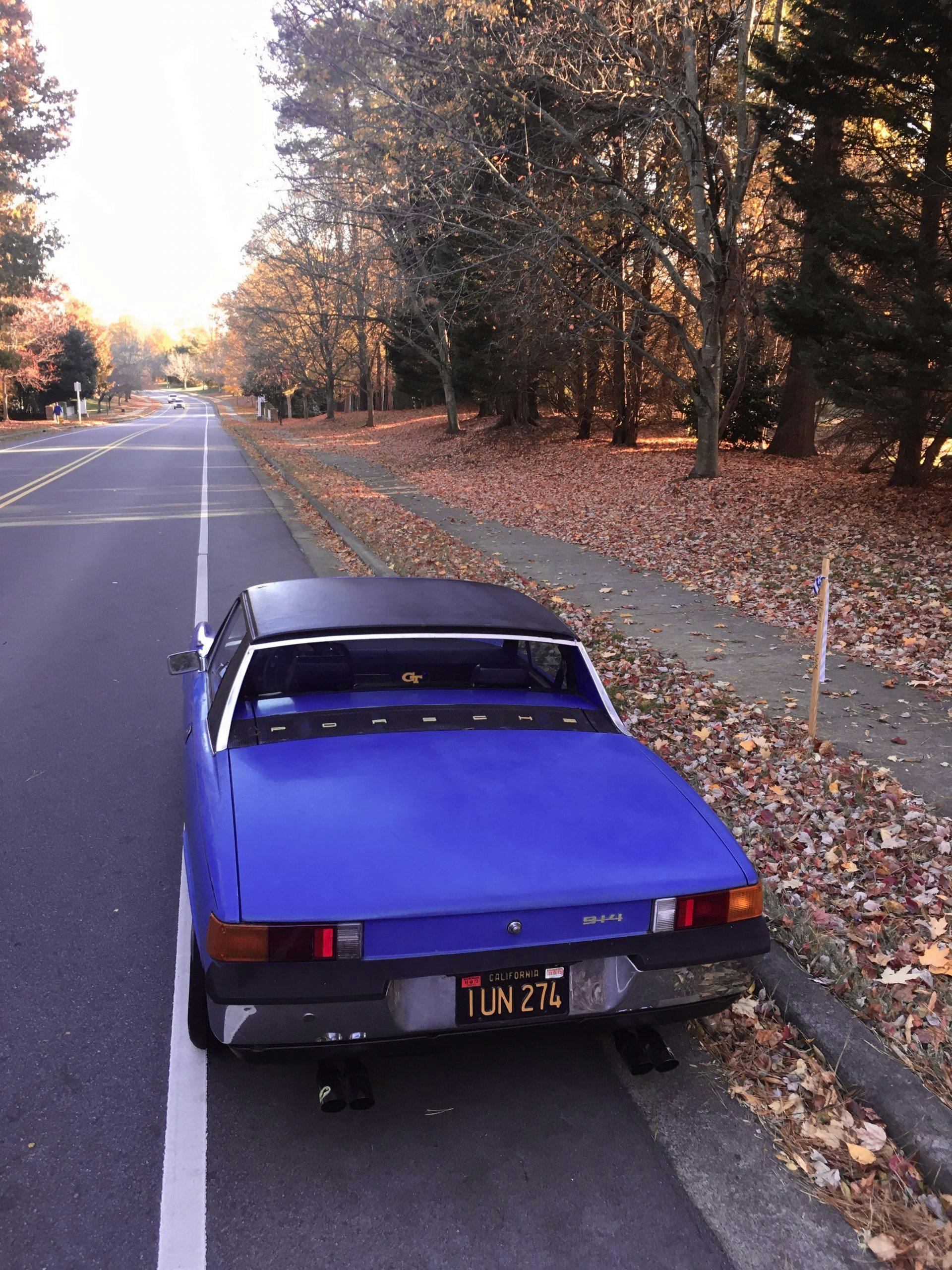
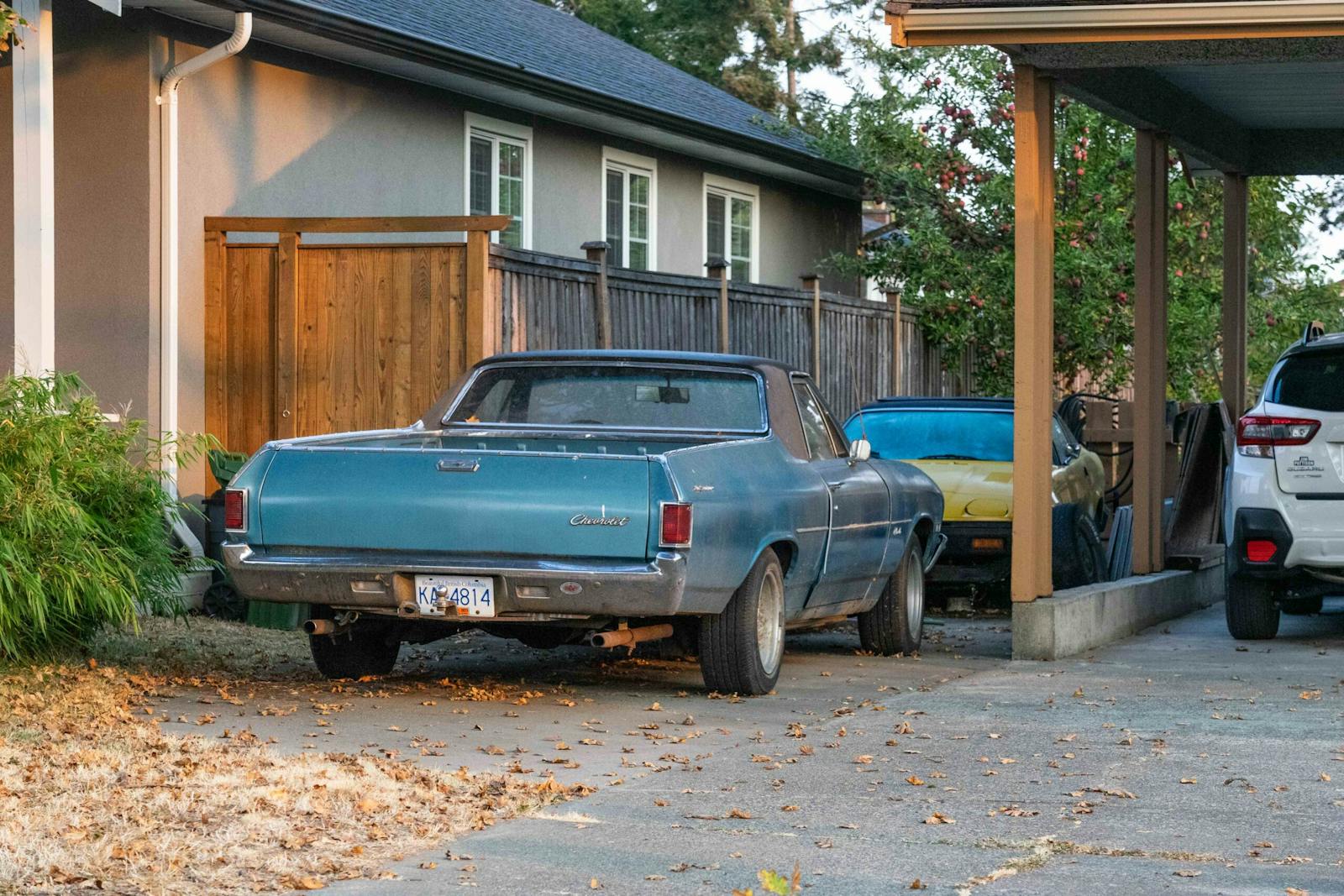
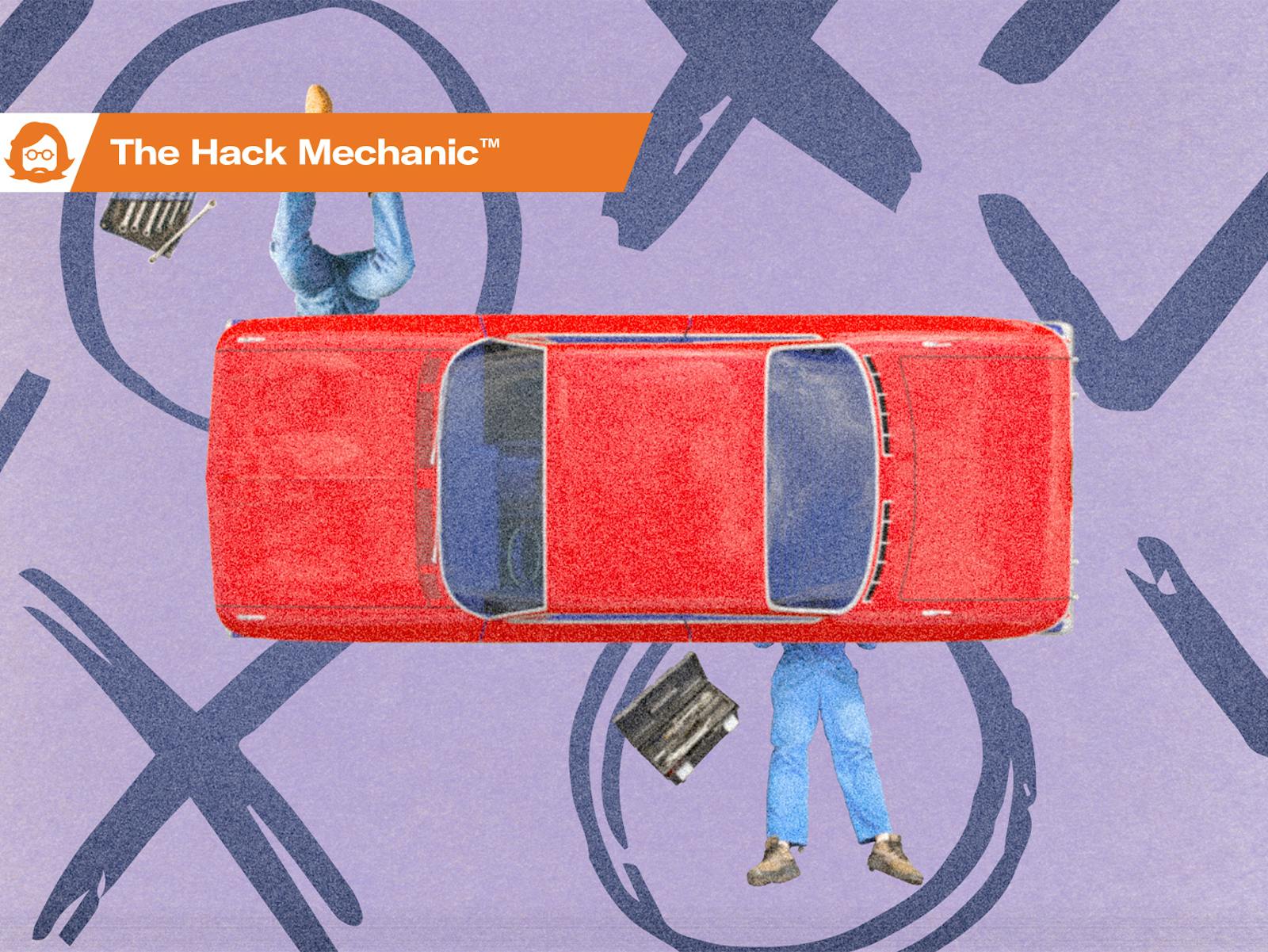
You left off the vapor locking caused by the heater vent dumping on to the fuel pump. I had a ’70 with the fuel injection where the injectors would stick open and smoke would barrel out the exhaust.
My neighbor had a 914 that rusted so badly that it collapsed in the middle. Another friend had a 912 that went to the dump doe to rust. Another friend had a VW van that allowed us to watch the road through the floor.
I hope the Germans have resolved their rust issues.
Unless youlike the challenge, I used to shift from 1st to 3rd. The harder part was downshifting to 2nd. Good luck.
I LOVE THIS GUY!!!
Very clever and entertaining.
Norman Garrett hit the nail on the head when describing the joy of owning classic cars. First our TR6 is companion to his Porsche and our 1966 Mustang is not far behind
Havent gotten the 55 Studebaker started yet but i anticipate getting to know her better once i find the key.
I had a Yellow 1970 Porsche 914. It probably is one of the most fun cars I ever owned. It only had around 100 HP but being mid engine and about 5 inches off the ground you could go around corners like it was a slot racer. Ya the shifter was a challenge but once you get used to it it was not that bad. I went on a date once to a restaurant that had valet parking. After dinner when they brought the car out for me I got in and it was stuck in third gear. I took it back to the dealer and they said someone strong armed into gear and the linkage was bent. So much for brute strength. I had the car for two years and one night getting on a wet freeway entrance ramp I got on it a little too much (yes you can still do that with only 100HP), spun out and rear ended a bridge embankment. Back then the technology didn’t exist for much work on unibodies so my insurance co. totaled it. Bummer. Like many other cars I’ve owned over the years I wish I still had that little slot racer.
Spot on…. Come drive one of my Trabants, also a fascinating German production. The Trabi will leave you feeling like your 914 is an excellent automobile.
I drove a Trabi once during Communist days in East Germany. Reminded me of a farm tractor. Afterwards, my 1963 Beetle for which I had paid $175 felt like a Rolls. I also owned a 914 for 19 years, loved it
I owned an original in ‘72 and bought and sold another one a couple yrs ago and sold it , replacing it with a Boxster.
Funny story but it’s not a nice recommendation for prospective purchasers and will piss off many owners . I loved it new as well as used. A fun car , albeit no Boxster competition .
I loved this story! Laughed and laughed harder. Reminded me of a 1978 Rabbit I owned, briefly, in early 2000’s. And, thank you Norman for your fine work on the Miata. Friend had one fresh off 1st year production that he let me, foolishly, ‘fly’ with top down in a straight line, to 218 kph. Aah. I became the giddy owner of my own ’90 in 2017. It was like coming home. Now both of responsible age, I and the car enjoy its nimbleness over speed.
I had a 1960 Saab with part of the ignition key boroken in the tumblers. I kept a fingernail file in the ashtray to turn the car on an pulled the starter cable handle which was labeled “choke” as it was a replacement for the original broken one.
My ’62 P1800 Volvo was a wonderful training ground for a novice mechanical college student in the late 60’s who thought he could be as cool as Roger Moore aka “the Saint”.
I could swap the starter motor by the side of the road on the Mass Pike in winter without having to jack the car up in a half hours or less. Goldies junk yard and $ 5.00 a week kept me in starter motors.
I also had a 914 of that vintage. The accelerator cable broke and I remember rerouting it off of the gas pedal and using a pair of vice grips, drove it home. The small engine access panel behind the rear window was interesting. I was driving to work and smelled something foul, looked out the rear window and see steam coming out of the engine access grill/panel. Wait, this is an air cooled engine, what can be happening? Well when mechanical voltage regulators stick closed, they can boil the water in the battery, battery acid and paint don’t mix well. It was a blast to drive but people were always looking to race you, but it wasn’t really a race car. It got great gas mileage if you were easy with the gas pedal, on a trip from Connecticut to Philadelphia I was able to get over 50mpg driving 55mph down the Garden State Parkway. I miss it till I remember the breakdowns.
I have the same kind of my ignition switch on my (heading to 400,000 miles) 1960 Edsel.
Took it to a full service car wash about 15 years ago. Was horrified to discover they had used the trunk key, not the ignition key, to start it, and put the trunk key in the cylinder, upside down.
Pulled the trunk key out, hoping my ignition switch still worked. Car did not stop running. Key was irrelevant.
No need to fix it. I can use a hairpin to start that car, if need be.
Did learn to watch the bozos at car washes though. I no longer let them have the keys. I start the car myself, if they have to drive it in.
Great read. Really funny and sadly Im sure true. Thanks for sharing